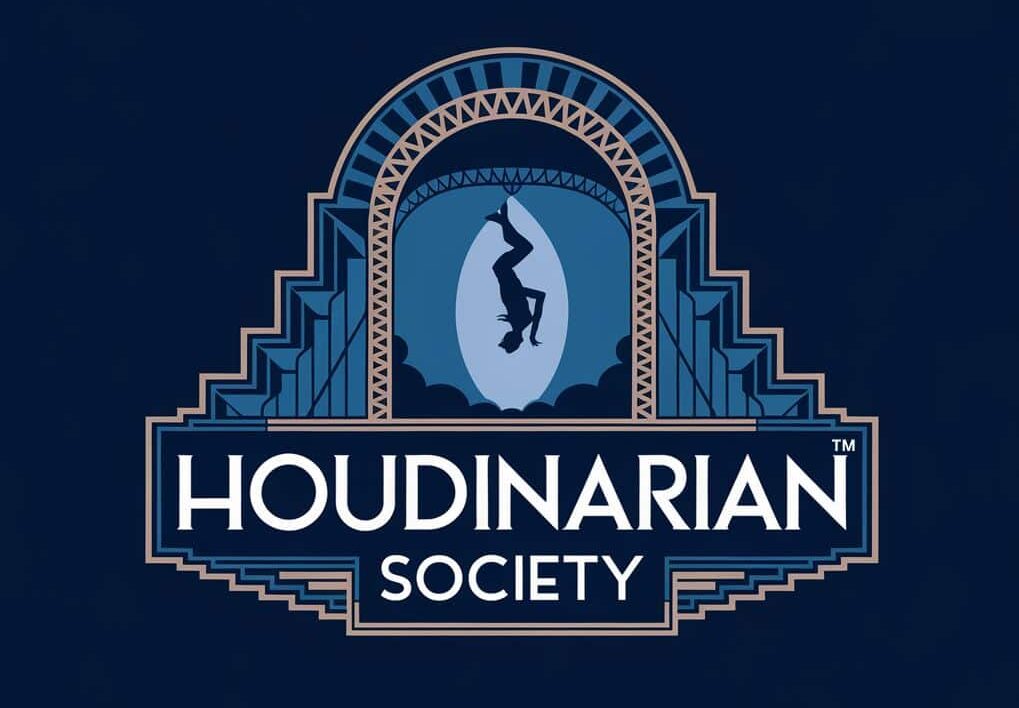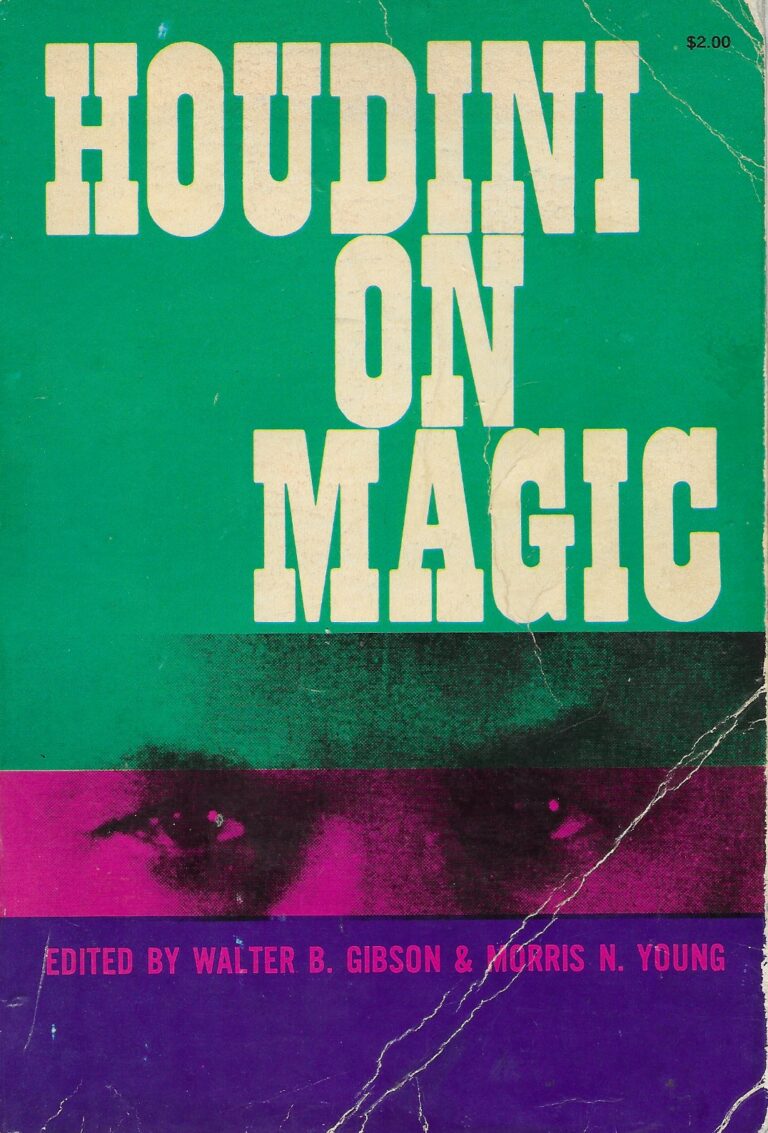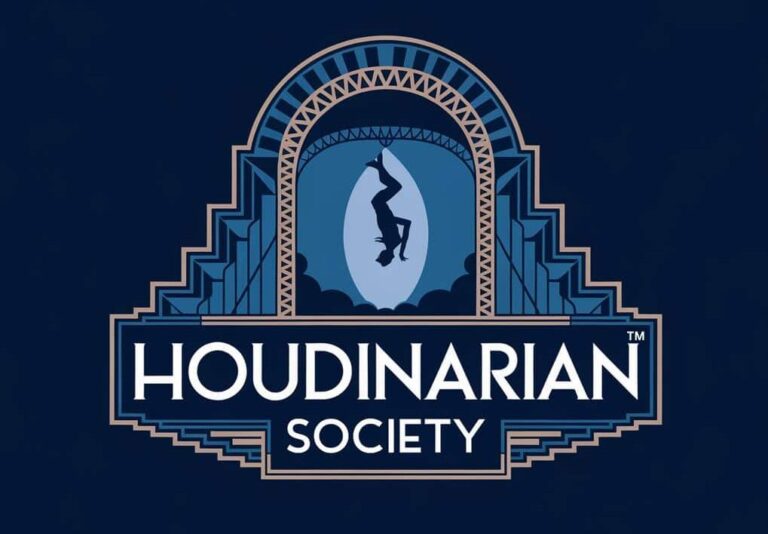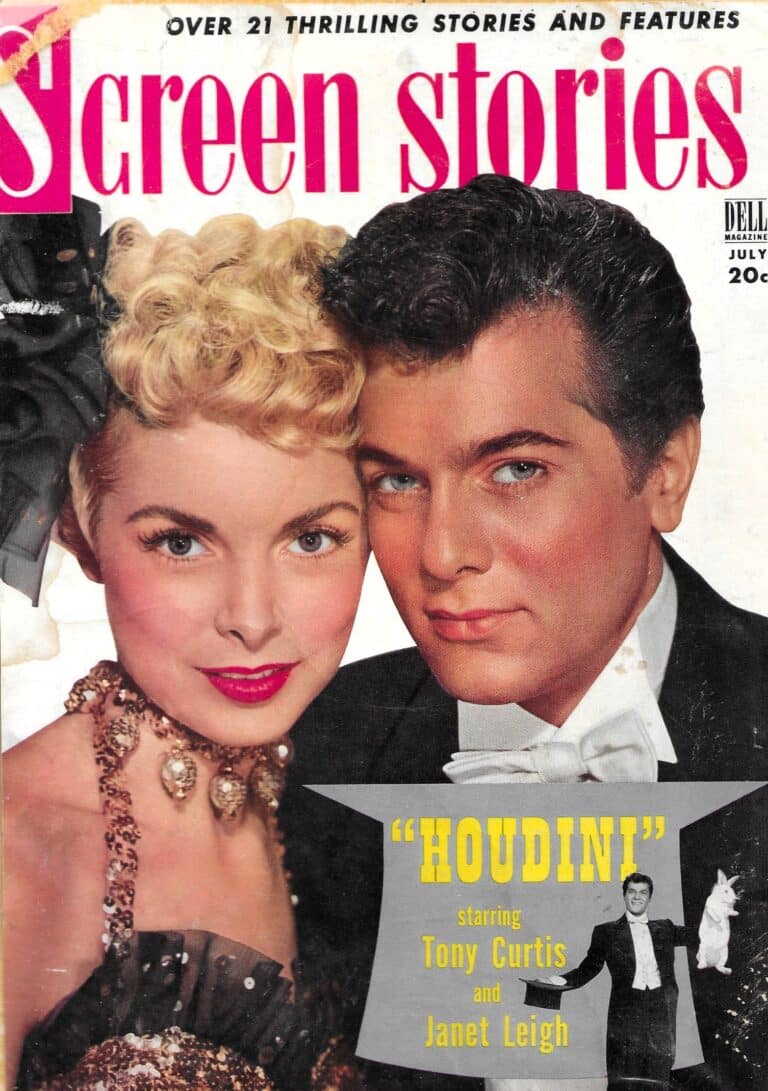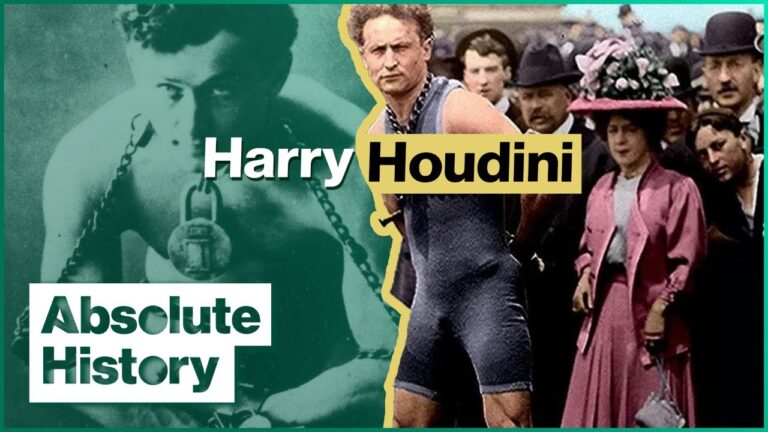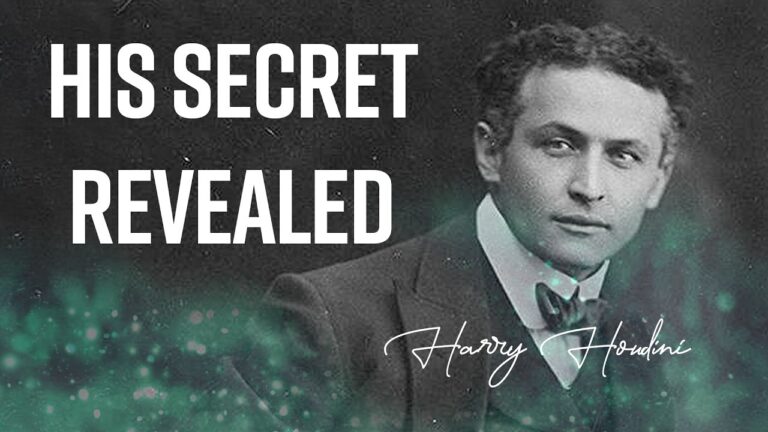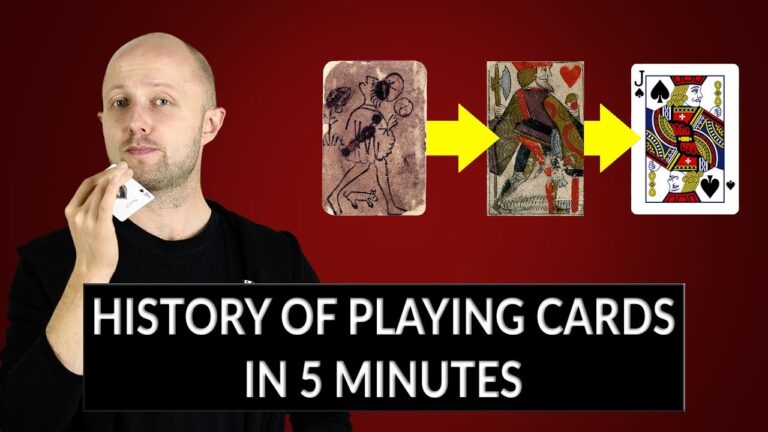Houdini On Magic
Houdini on Magic, edited by Walter Gibson and Morris Young, is a prized possession. Having spent several evenings with both these gentlemen, getting some real firsthand insights into Harry Houdini. Walter wrote publicity articles for him. Walter, both a magician and a well-known author of several books on many subjects, shared a wealth of history…
